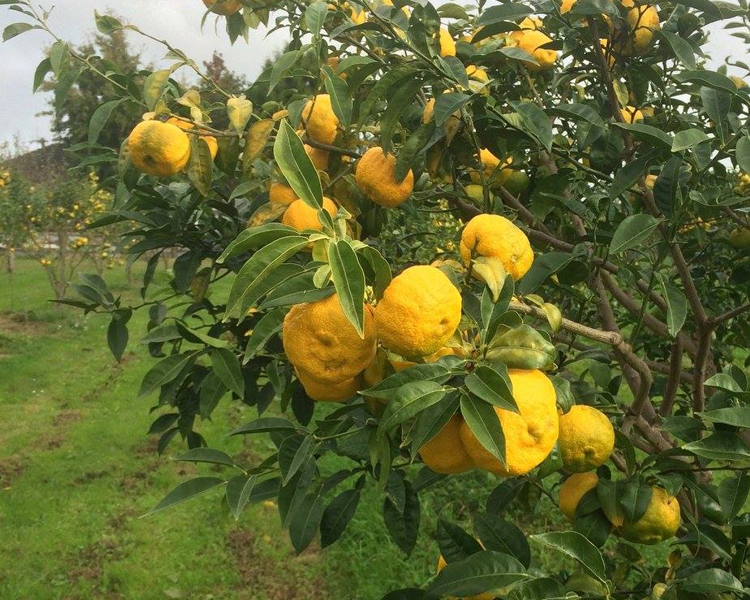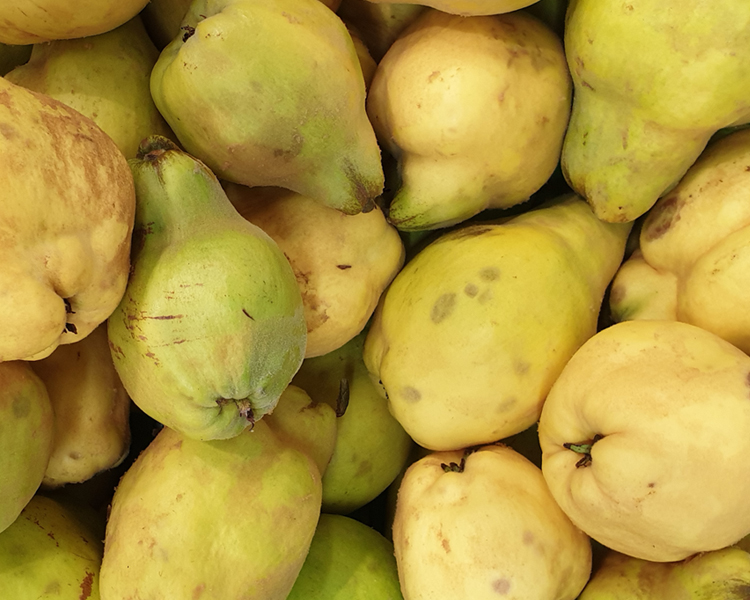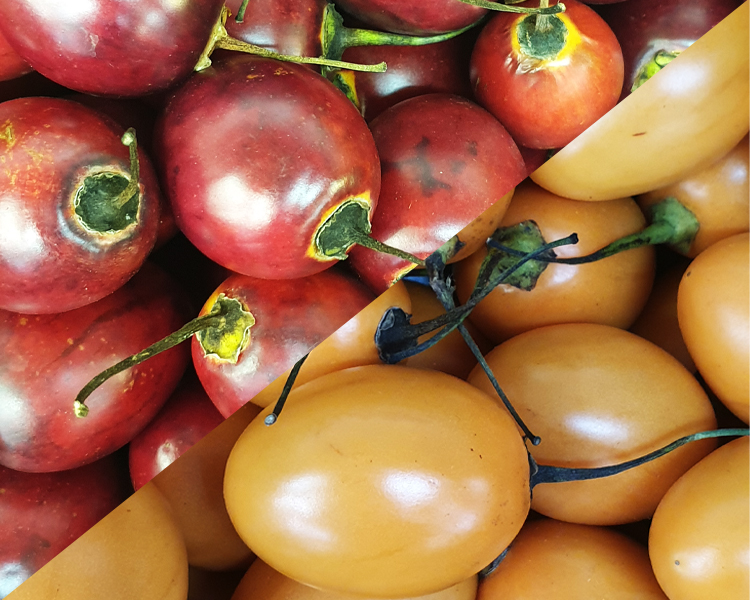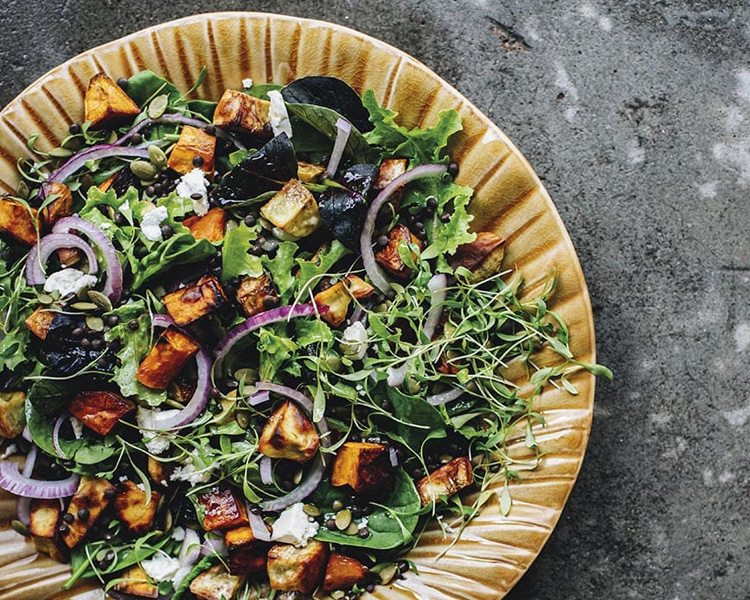Yuzu are a type of citrus fruit originally from China and then bought to Japan where it was grown for culinary, bathing and medicinal purposes.
In New Zealand the fruit is harvested from mid May to July and has limited availability. Yuzu are a hybrid between satsuma and Ichang papeda and are large and bumpy and look like mandarins or lemons. They are very fragrant and smell similar to a combination of grapefruit, mandarin and lemon. They are made up of a thick skin, juice and some pulp and seeds and very little flesh.
In Japan, yuzu is used for both sweet and savoury dishes. The thick, oily skin can be grated or shredded and goes well in dishes such as noodles, salads, soups, hot and cold drinks, fish and meat dishes and baking. The juice is also highly fragrant and used to marinate fish and meat and to flavour sauces, such as Ponzu sauce.
Traditionally, hot baths with yuzu skin are taken on winter solstice to ward off any illness and it is also thought to increase good fortune.
Yuzu are also very nutritious and include high amounts of vitamin C, as well as vitamins A, B6 and thiamine. In Japan hot drinks are often consumed to alleviate cold, aches and flu symptoms. The seeds are also used to treat skin irritations and can be found in natural cosmetics.
Moore Wilson’s stock fresh yuzu from NZ Yuzu, as well as a number of yuzu products including, All Natural yuzu extract, Lot Eight yuzu cold pressed olive oil and Obento ponzu sauce.
Recipe Ideas:
- Marmalade
- Salad dressings
- Cold and hot drinks
- Dipping sauces
- Marinades and meat rubs
- Condiments such as mayonnaise
- In place of other citrus in baked goods
Recipes
Yuzu Kosho, courtesy of NZ Yuzu
Ingredients
Chillies, preferably green as they are more tender than red but use either
Salt, 25% of the weight of chillies
Yuzu skin, same weight or a little less as the chillies
Method
- Put the chillies and salt into a food processor and pulse until finely chopped or turned into a paste (depends on personal preference). Put into mixture into a jar.
- Chop up the yuzu skin in a food processor until fine. Alternatively you can grate the zest. Add to the jar with chillies and salt.
- Leave for at least three months and up to a year in the fridge before using.
Add to soups, dipping sauces and as a rub or marinade
Yuzu, honey and ginger drink
Ingredients
Yuzu, skin and juice
Honey, to taste
Fresh grated ginger, to taste
Boiled water
Method
Mix all the ingredients together and serve.









